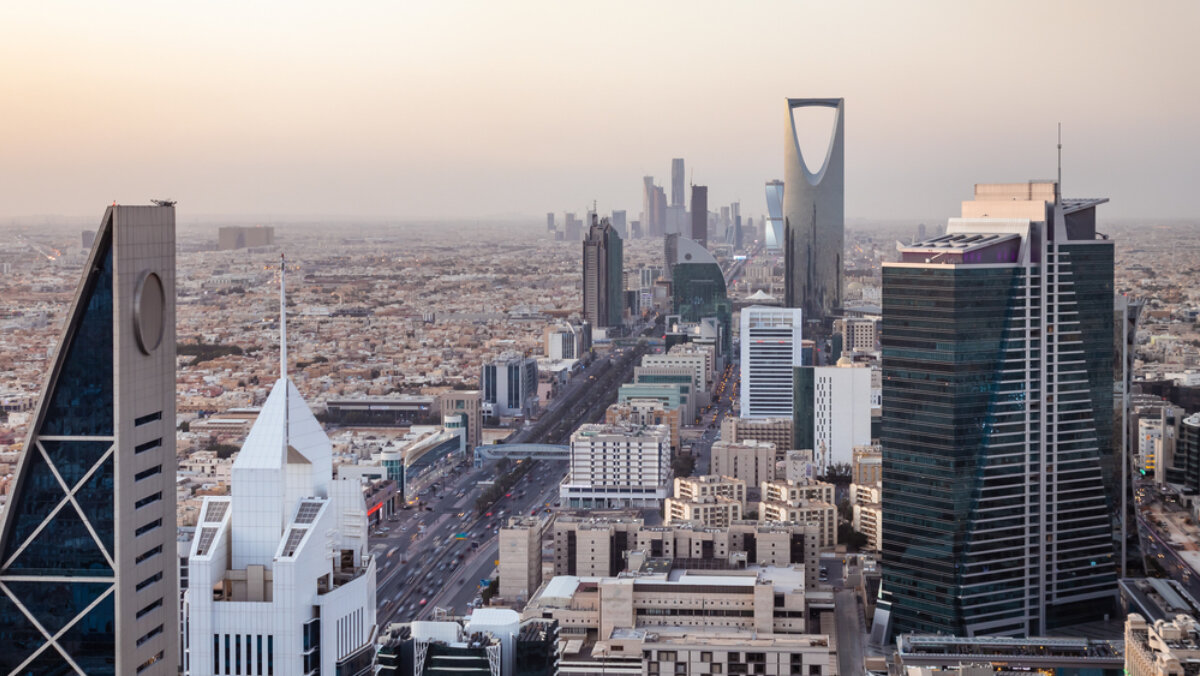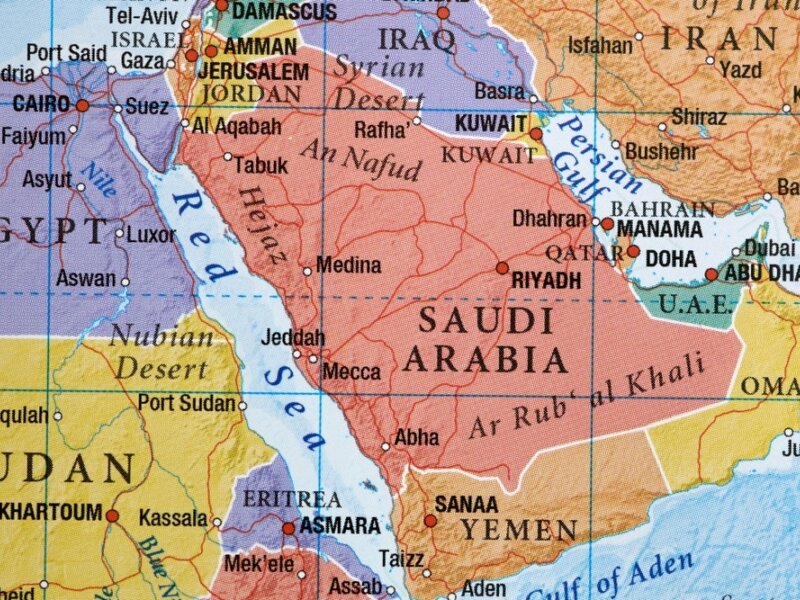Lo storico incontro di Riad
A Riad si è tenuto uno storico incontro tra il Primo Ministro dell’Arabia Saudita Mohammed Bin Salman e i Consiglieri per la Sicurezza Nazionale di USA, India ed EAU. L’analisi di Guido Bolaffi

Nelle relazioni internazionali ci sono eventi che lasciano talvolta senza fiato. Come quello dell’incontro avvenuto a Riad nella sera di domenica 7 maggio. Nel quale - rendeva noto uno stringato lancio di Arab News - il Principe e Primo Ministro dell'Arabia Saudita Mohammed bin Salman “discussed enhancing relations to boost regional growth and stability” con i consiglieri per la Sicurezza Nazionale degli Stati Uniti, Jake Sullivan, dell’India, Ajit Doval, e degli Emirati Arabi, Sheikh Tahnoun bin Zayed.
La velocità del cambiamento geopolitico in atto nel mondo rende oggi possibile ciò che fino a ieri sembrava impossibile. A poche settimane dall'annuncio che lo scorso marzo Pechino, sbalordendo il mondo, era riuscita a riportare la pace, dopo anni di furiosi conflitti, tra i sunniti dell’Arabia Saudita e gli sciiti di Teheran, ecco che arriva quello di Riad.
Annuncio che Shishir Gupta, nell’articolo di Hindustan Times US, India, and UAE meet Crown Prince Salam, definisce “The most significant meeting, after China brokered peace between Saudi Arabia and Iran on March 10, took place in Saudi Arabia with an objective of further shared vision of a more secure and prosperous Middle East region interconnected with India and the World”.
“The meeting”, faceva sapere l’agenzia Livemint nel report NSAs India, UAE, US meet Saudi Crown Prince “was preceded by a meeting between the Saudi crown Prince and Sullivan". Il quale, a conferma della delicata rilevanza dell’evento aveva con sé un folta delegazione formata, stando a Saudigazette di lunedì 8 maggio, da: “US Ambassador to Saudi Arabia Michael Ratney; the US National Security Council Coordinator for the Middle East and North Africa Brett McGurk; Special Presidential Coordinator at the Department of State Amos Hochstein and Senior National Security Advisor Ariana Berengaut”.
Un vertice come quello di Riad non si organizza con la buona volontà né tanto meno, come si usa dire, con le chiacchiere. Infatti, solo un’offerta geoeconomica straordinaria è tale da convincere i governi di paesi divisi da storiche, feroci contrapposizioni politiche, diplomatiche e religiose, a sedere allo stesso tavolo.
Tanto è vero che Jake Sullivan intervenendo la settimana prima di imbarcarsi per l’Arabia Saudita al Washington Institute for Near East Policy con un esplicito riferimento all’incontro di Riad aveva affermato che “it would help carry forward some very tangible initiatives that we think will be unlike anything that we have seen in the region in recent years”.
Anche se ufficialmente protetti dal più assoluto riserbo, i contenuti dell’offerta geoeconomica illustrata dal Consigliere americano per la Sicurezza ai colleghi sauditi, indiani e degli emirati sono stati rivelati da uno scoop del quotidiano online americano Axios, che nel pezzo del suo collaboratore da Tel Aviv, Barak Ravid, titolato Scoop: U.S, Saudi Arabia, others to discuss railway project connecting Middle East rivelava: “U.S., Saudi, Emirati and Indian national security advisers are expected on Sunday to discuss a possible major infrastructure project to connect Gulf and Arab countries via a network of railways that would also be connected to India via shipping lines from ports in the region [...] The project is one of the key initiative the White house wants to push in the Middle East as China’s influence in the region grows [...] The idea for the new initiative came up during talks that were held over the last 18 months in another forum called I2U2, which includes the U.S., Israel, the United Arabs Emirates and India”.
L’incontro di Riad segna anche un’importante novità, se non addirittura una svolta per la politica degli USA e dell’India nel Medio Oriente.
Basta leggere a tale riguardo le considerazioni fatte da Raja Mohan su Indian Express del 10 maggio nell’articolo How strategic convergence between US, UAE, Saudi Arabia and India can help Delhi: “The new India-US warmth on the Gulf is a major departure from the traditional approaches to the Middle East in both India and US [...] If India is shedding is anti-Western lens in the Middle East, the US is leading the West to discard its pro-Pakistan bias in thinking about the relationship between the Subcontinent and the Gulf. As Nehru’s India withdrew from its historic role in the Middle East, Pakistan became the lynchpin of the Anglo-American strategy to secure the wells of (oil) power in the Gulf [...] If Pakistan was central to these regional organisations backed by the West, it does not figure in the current strategy to connect the Gulf with the Subcontinent. Pakistan’s continuing strategic decline makes it a lot less relevant to the changing geopolitics of the Gulf”.



